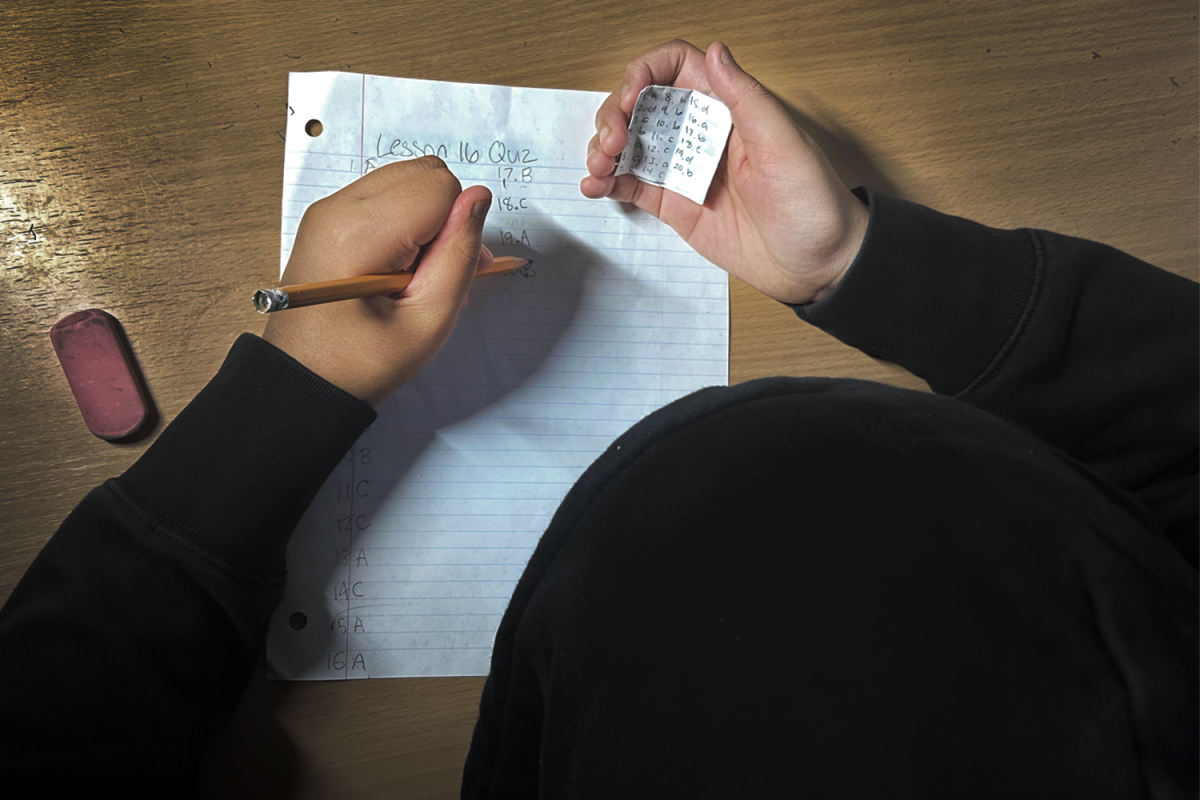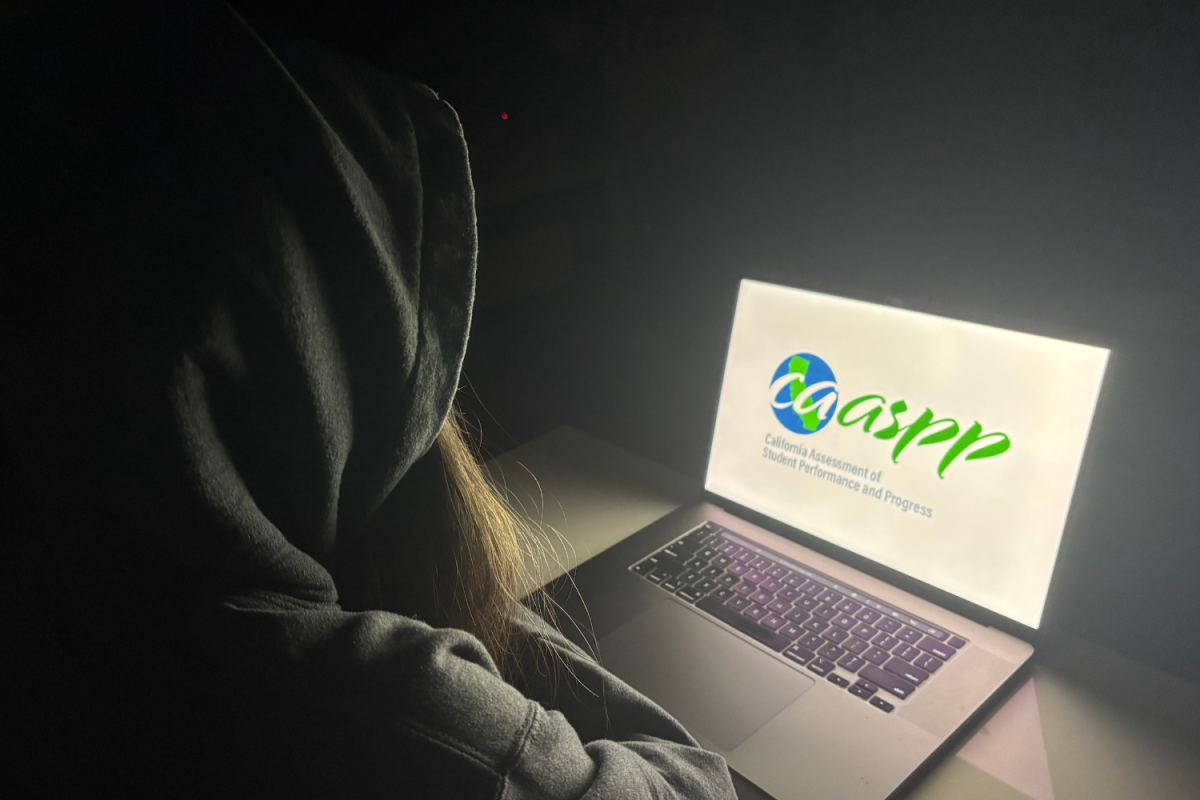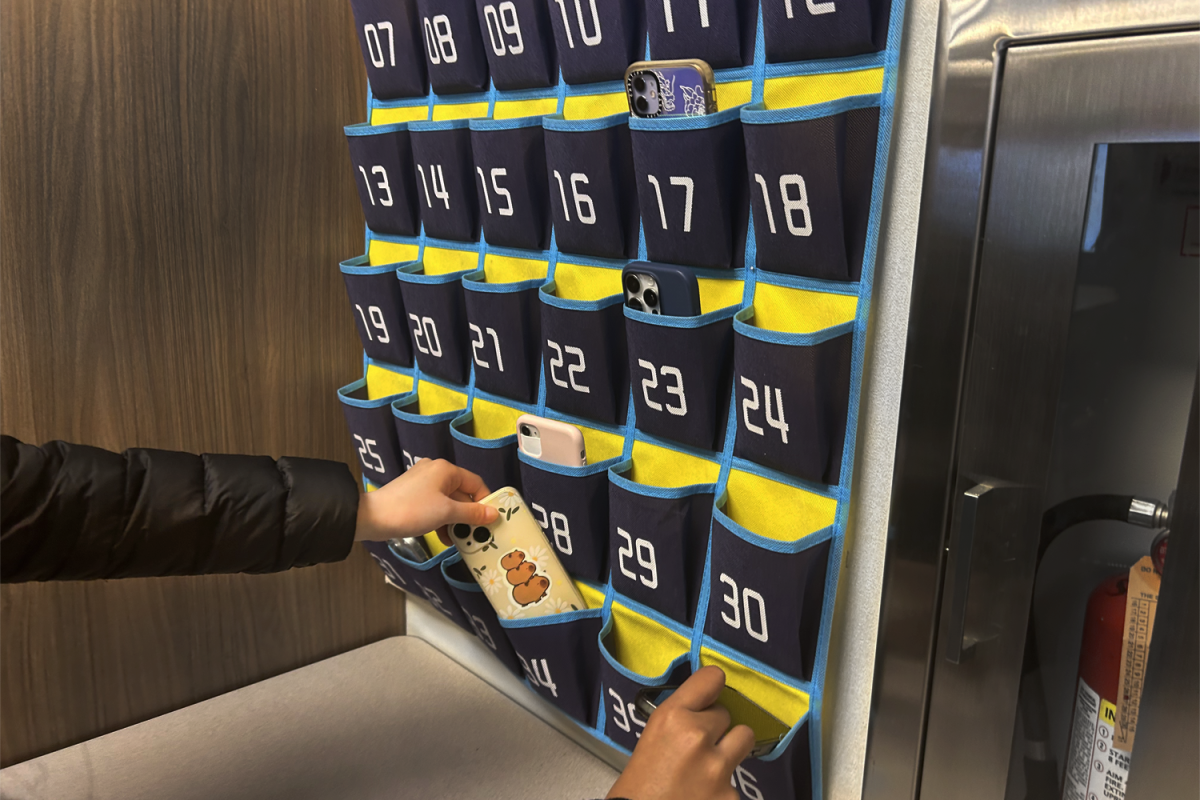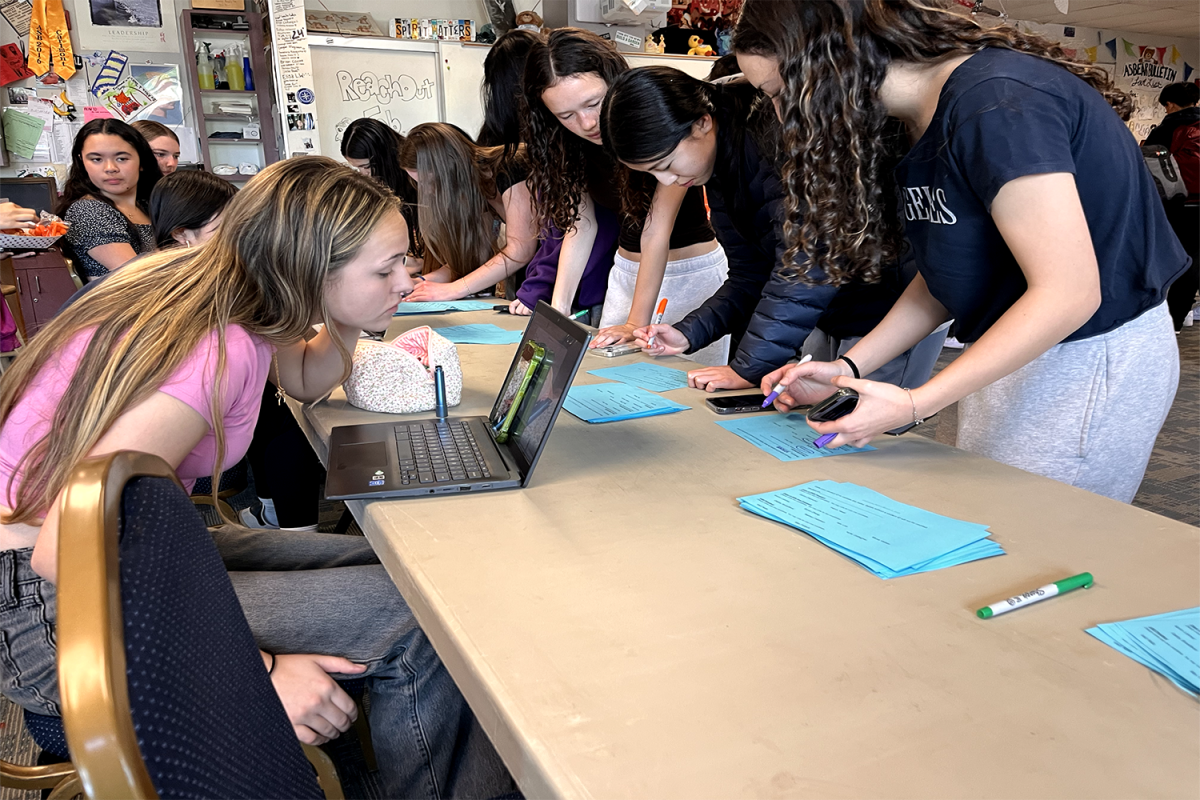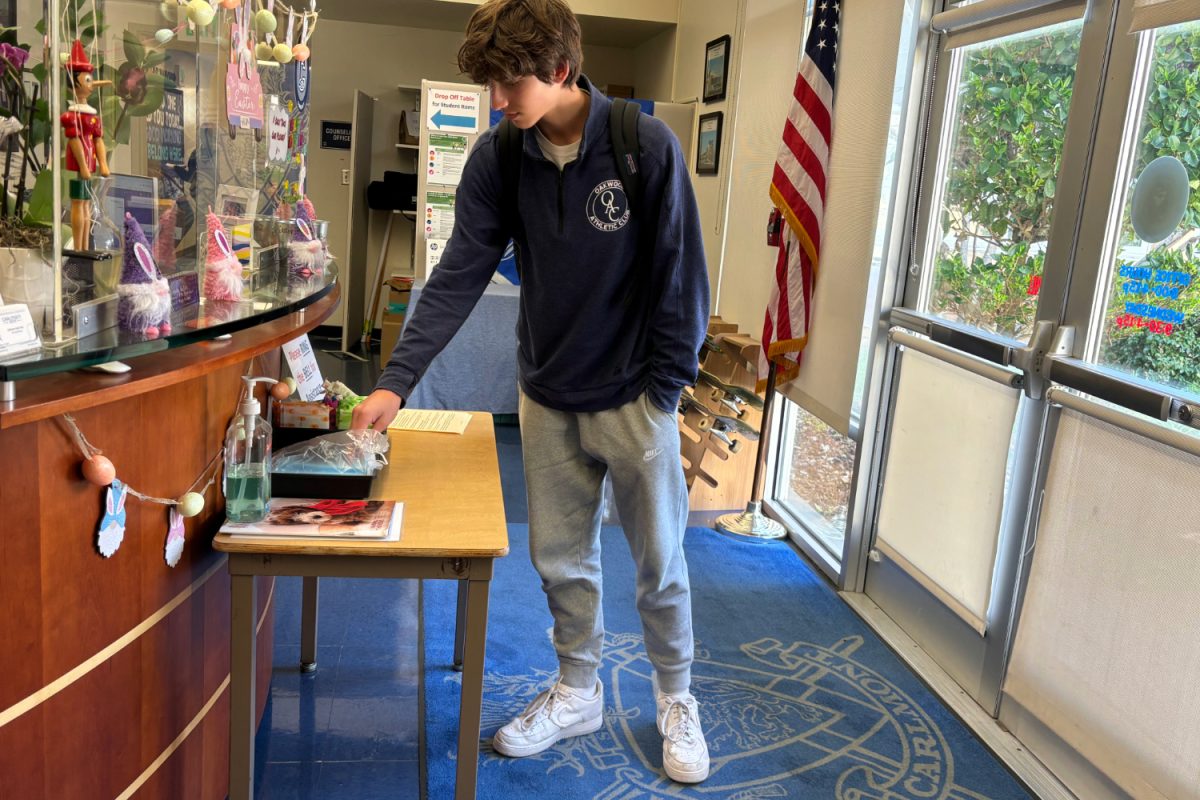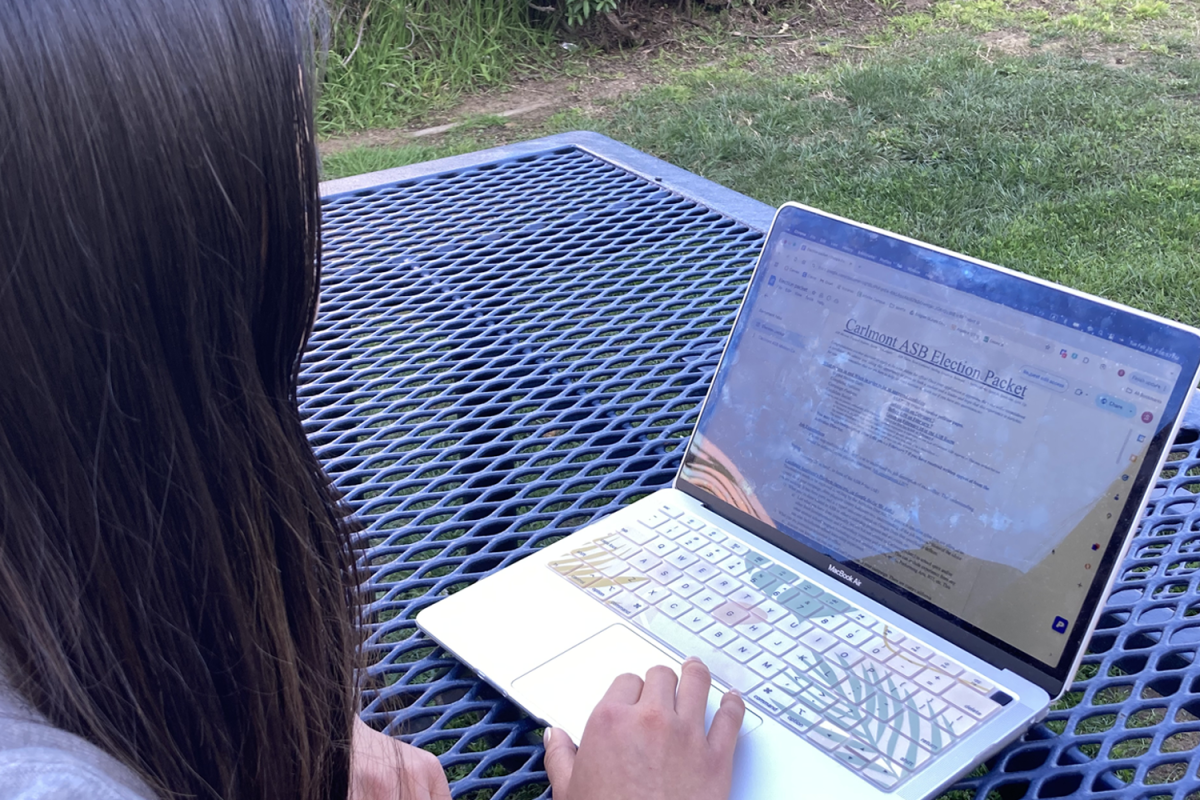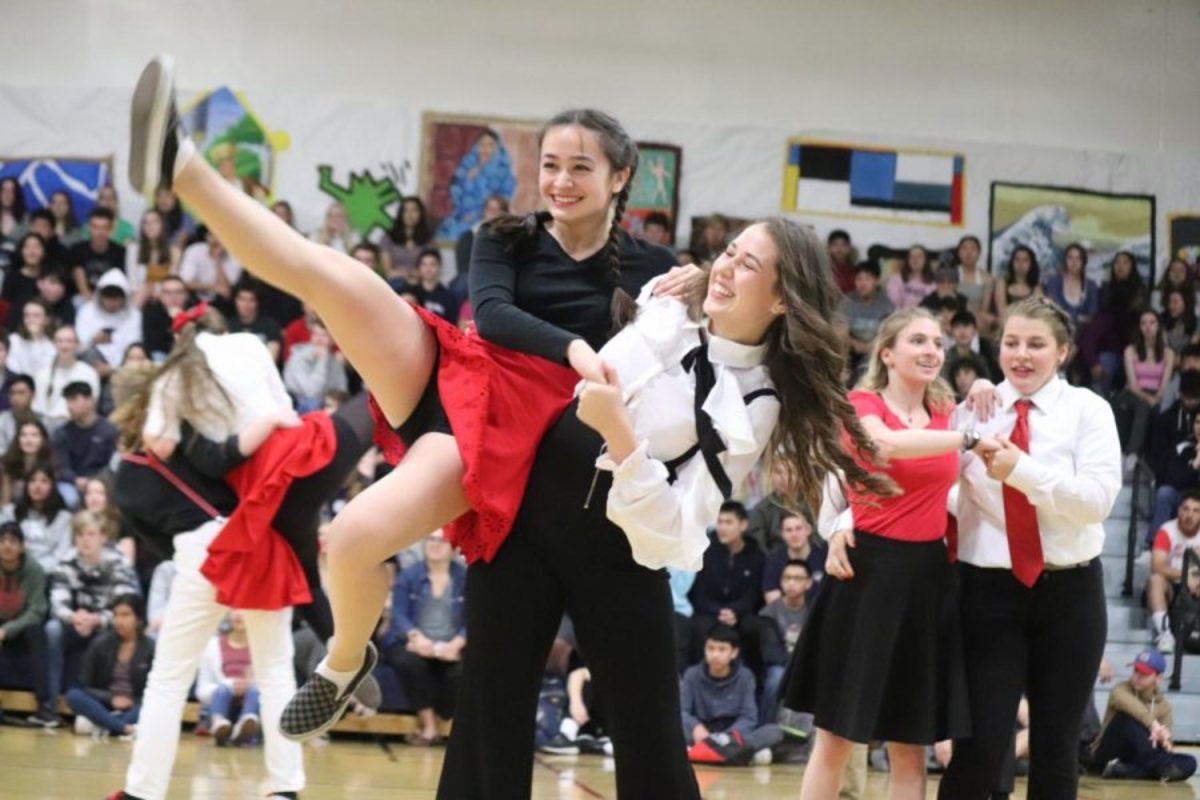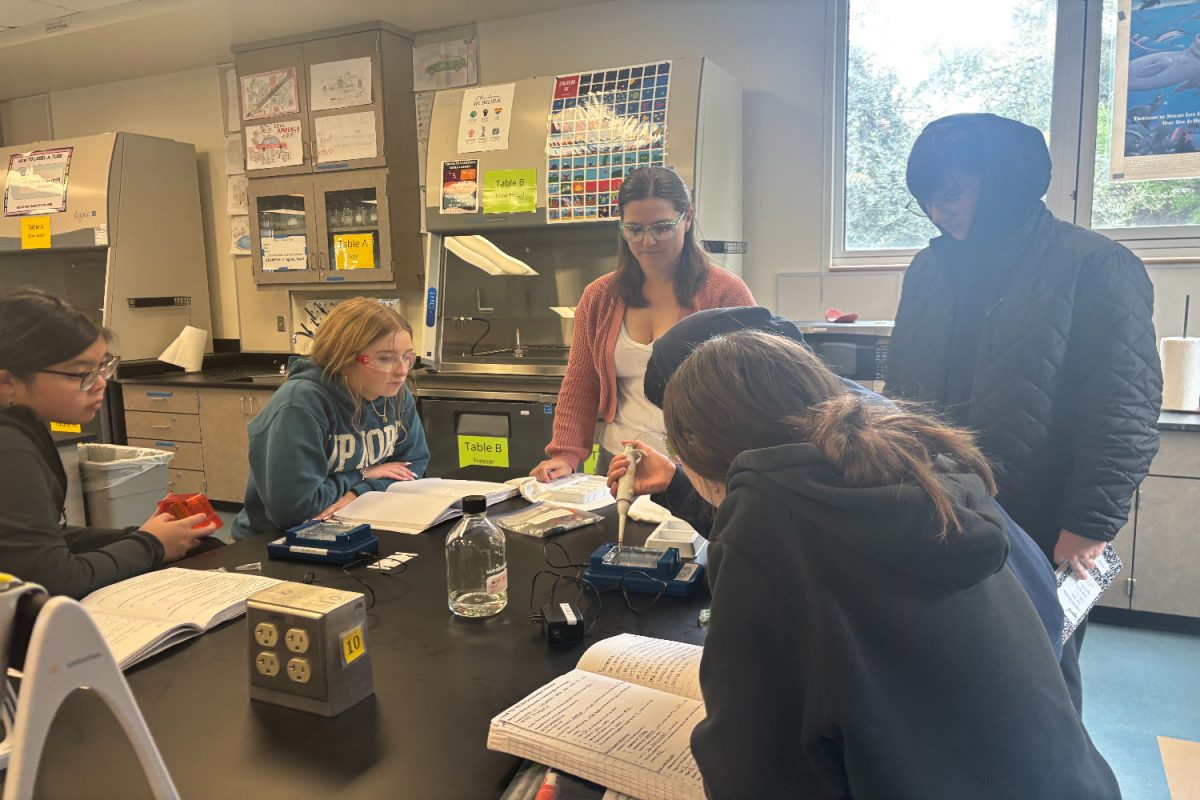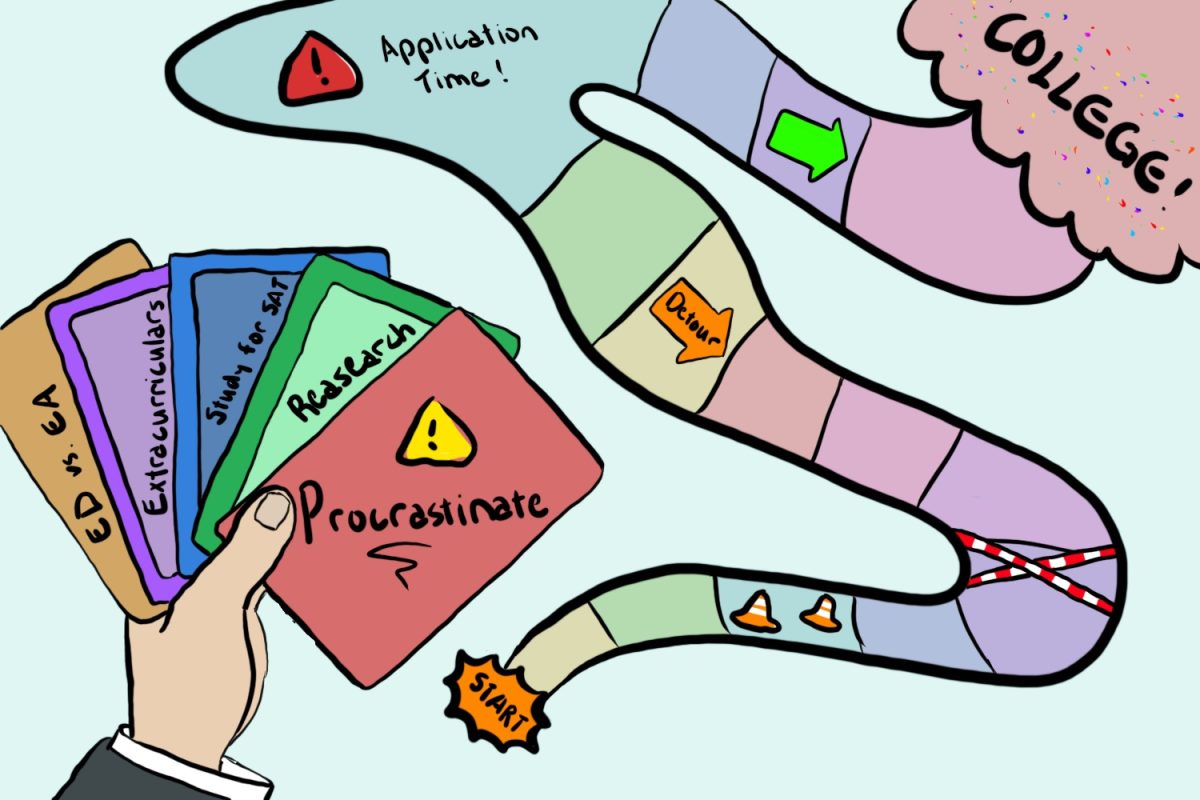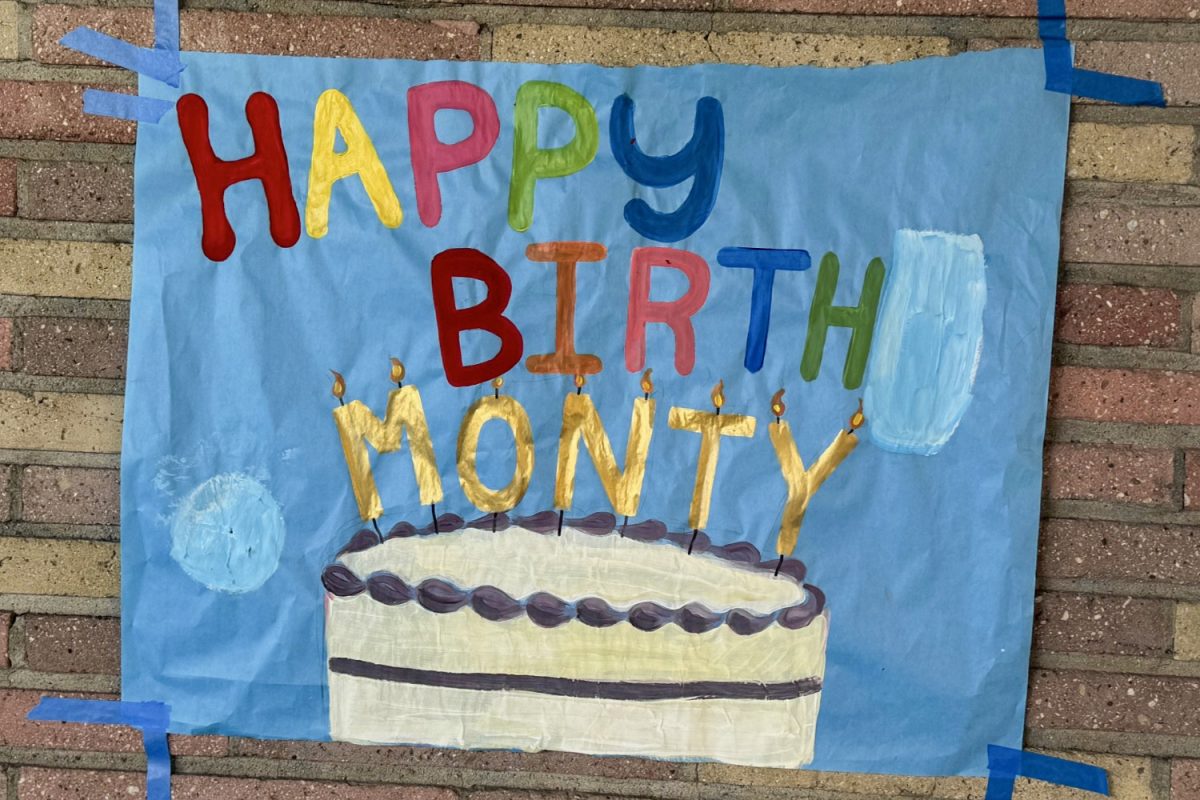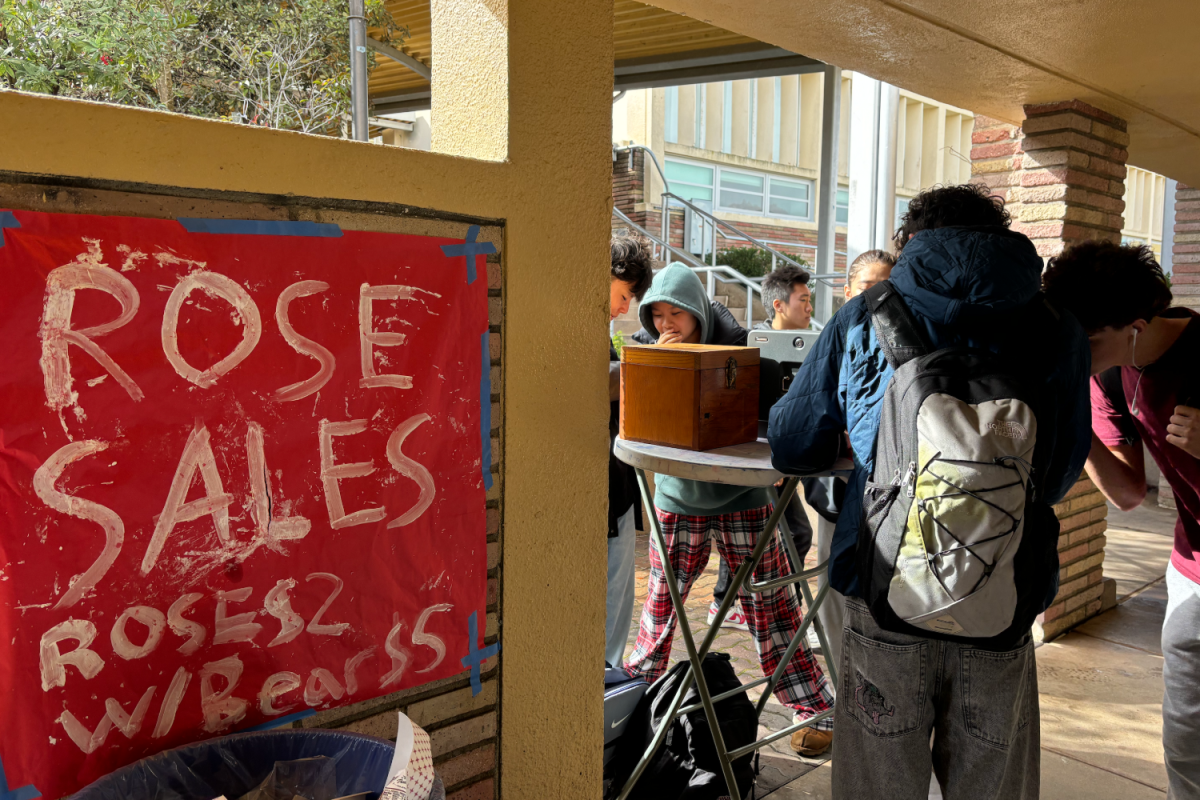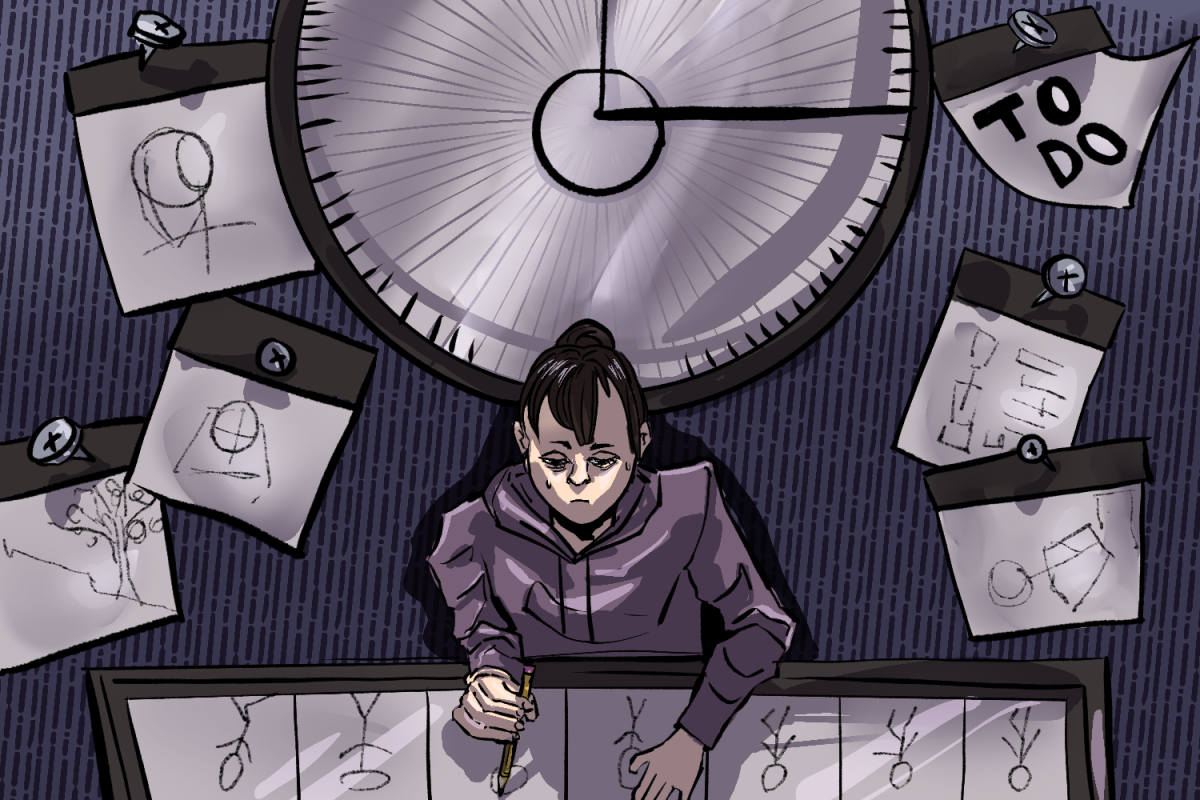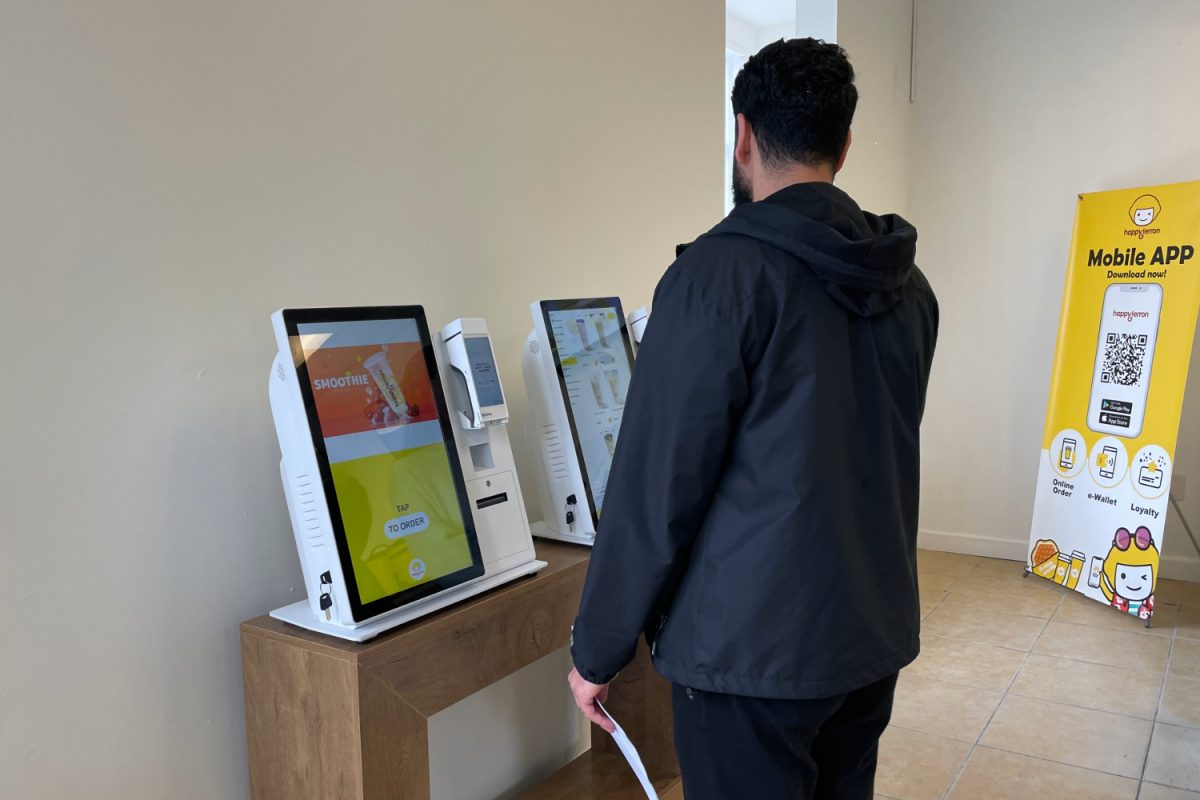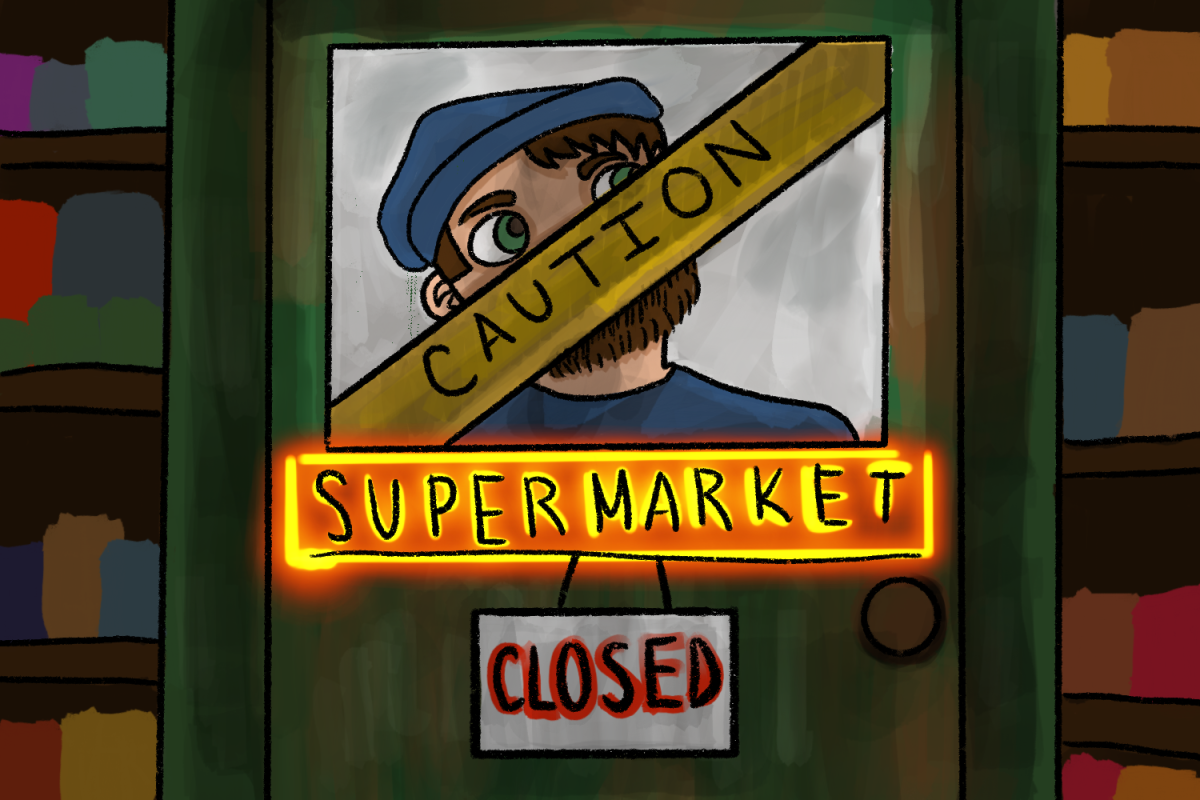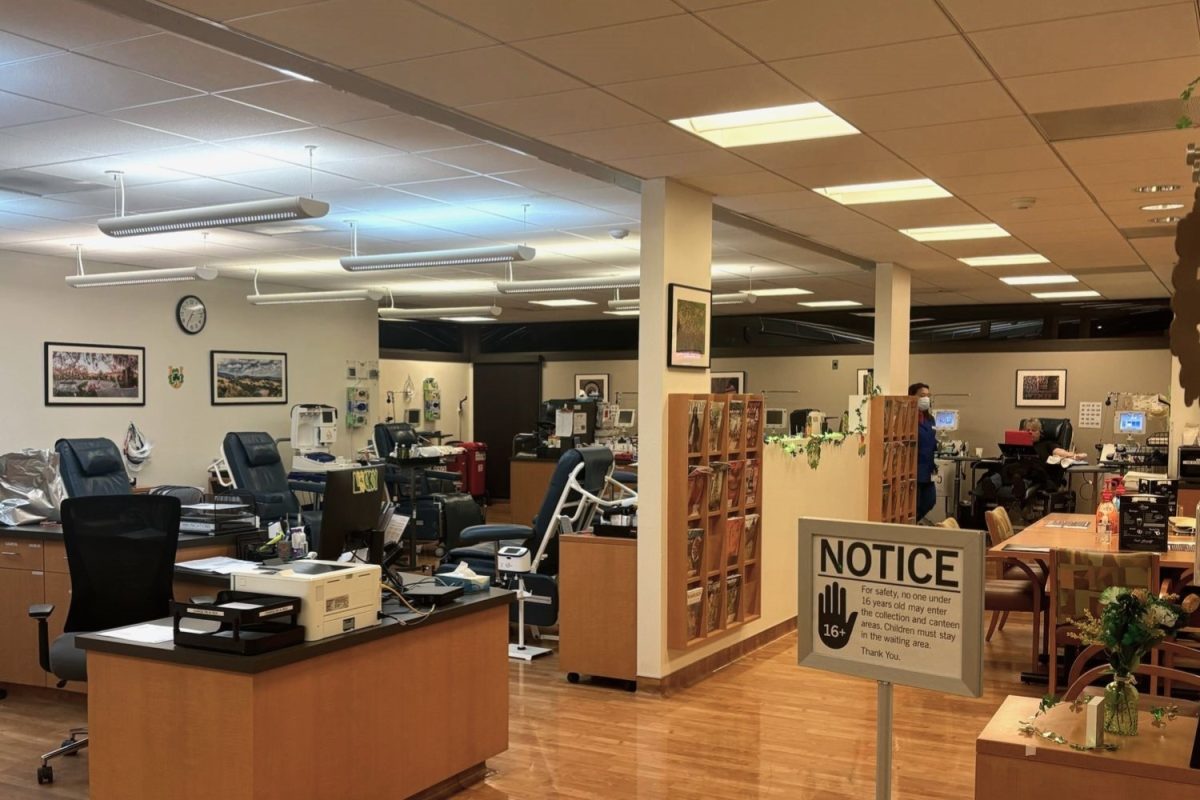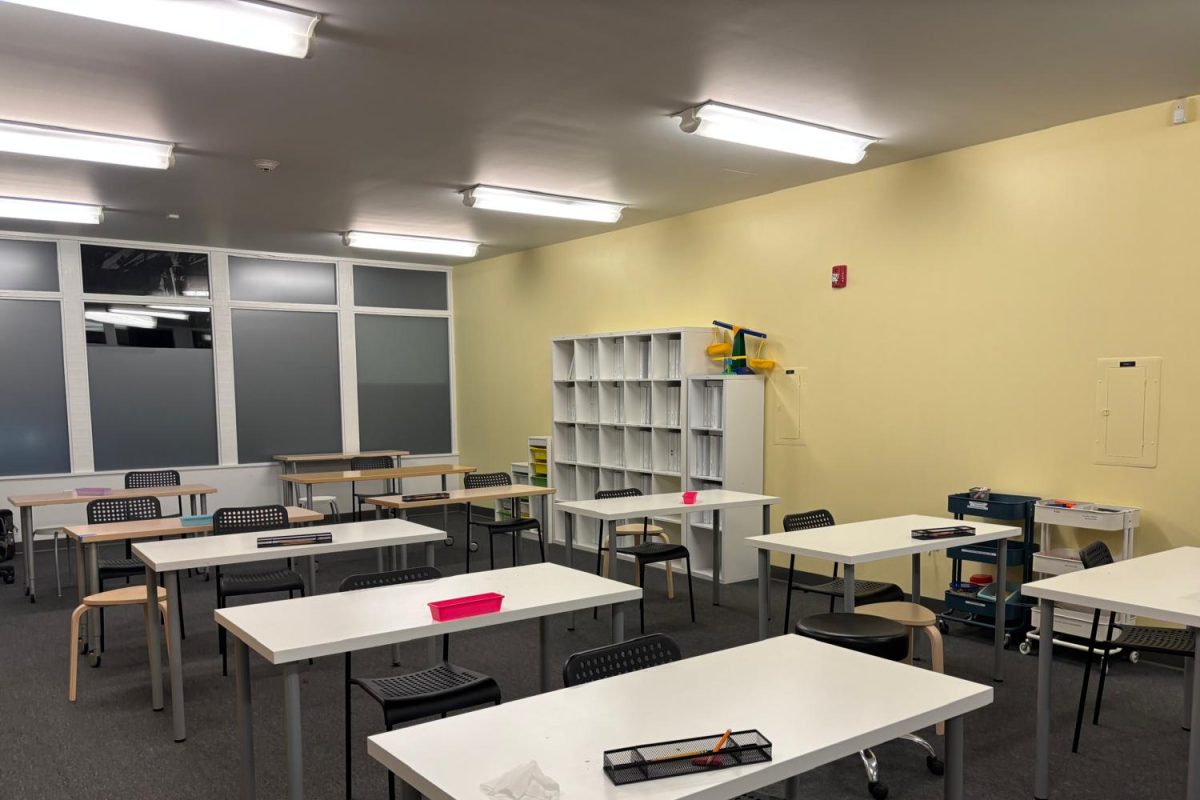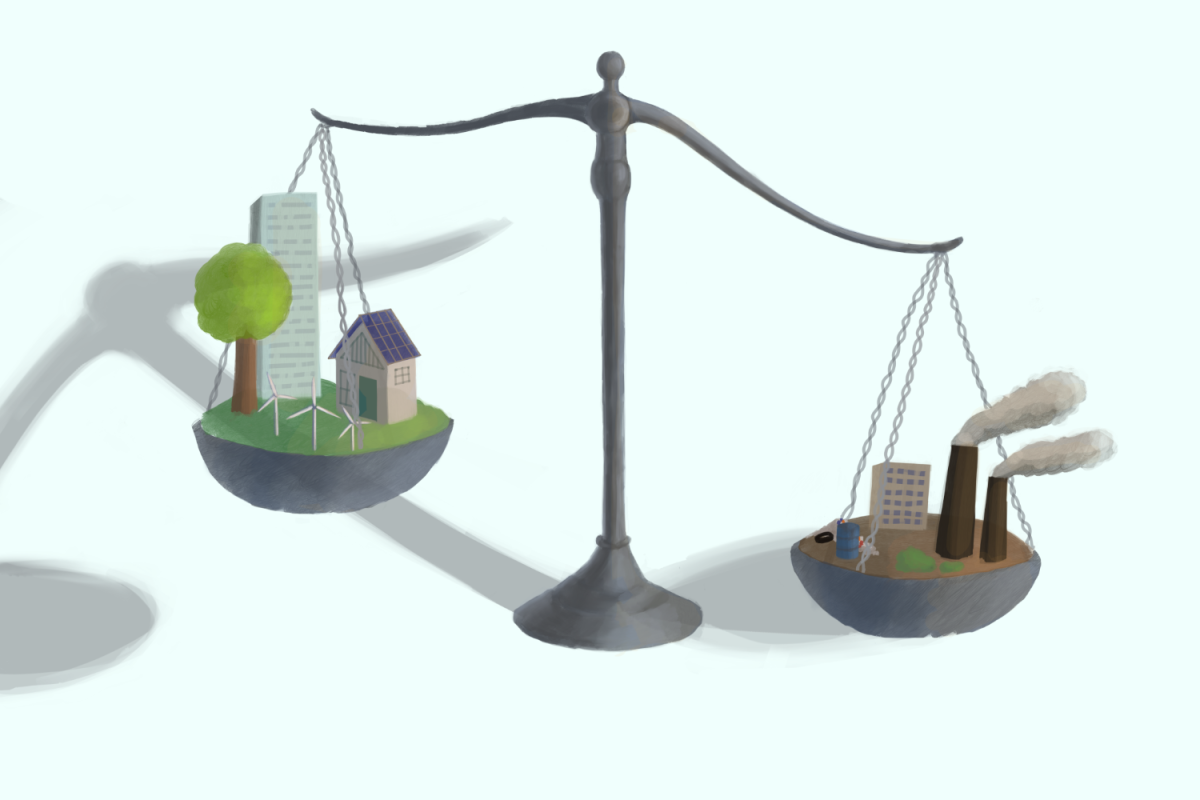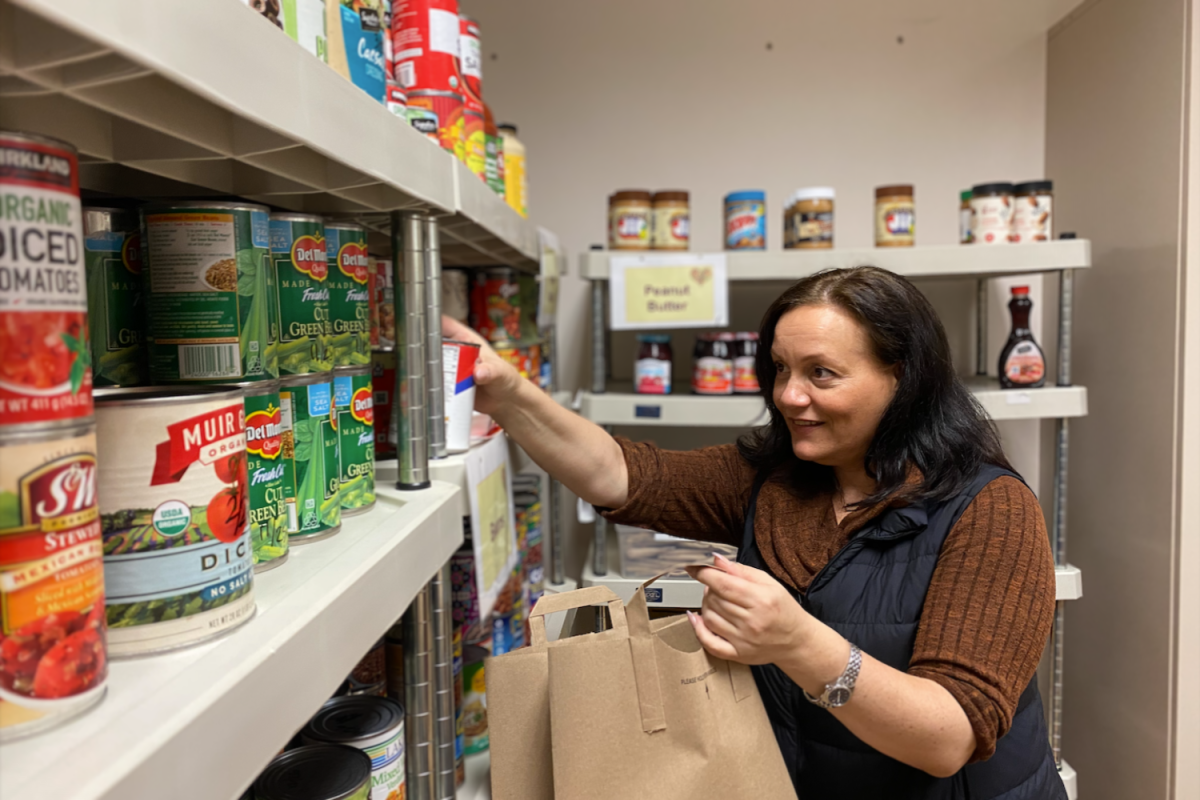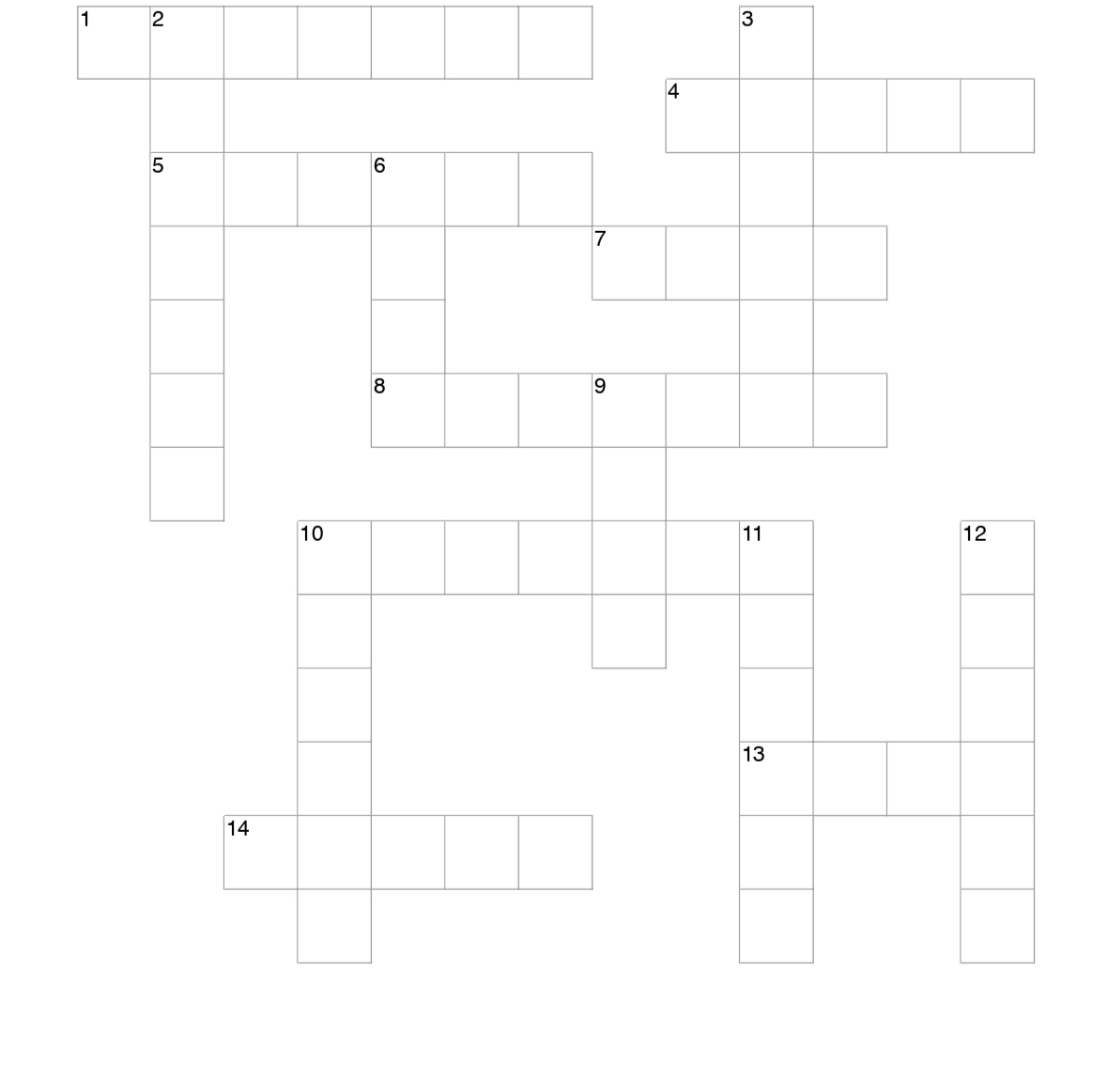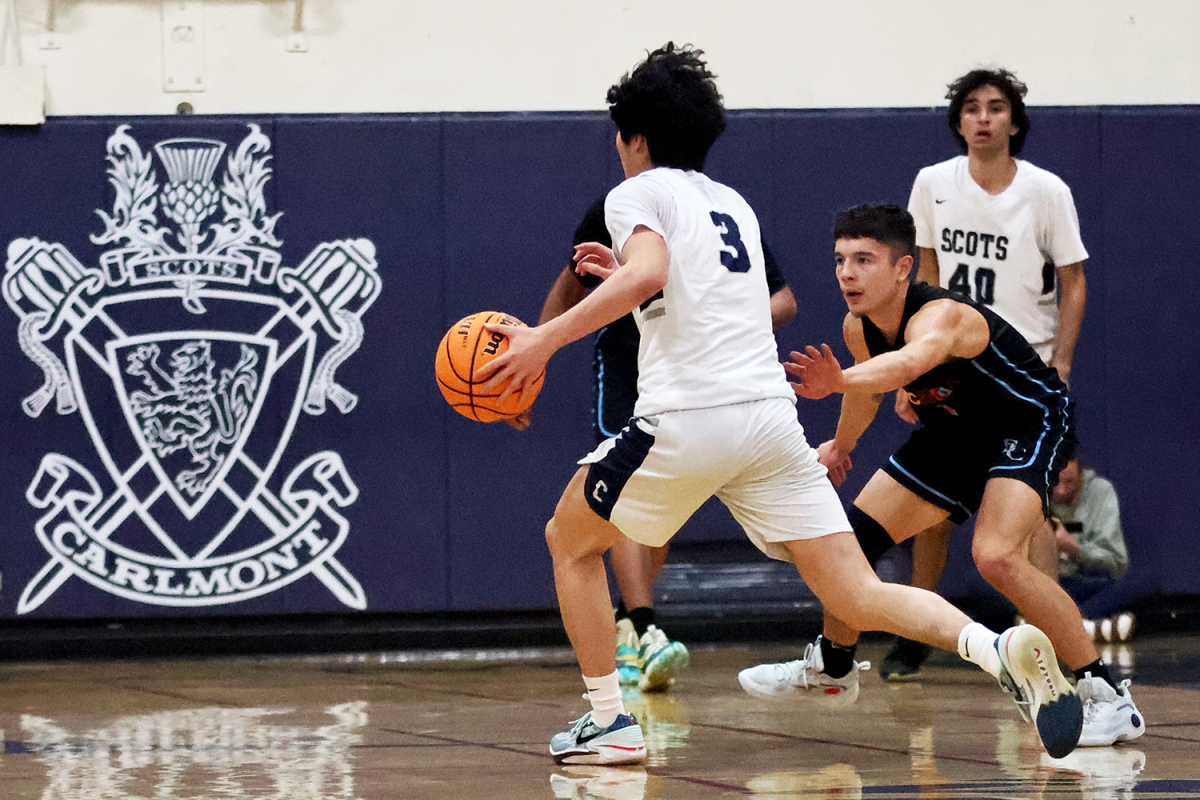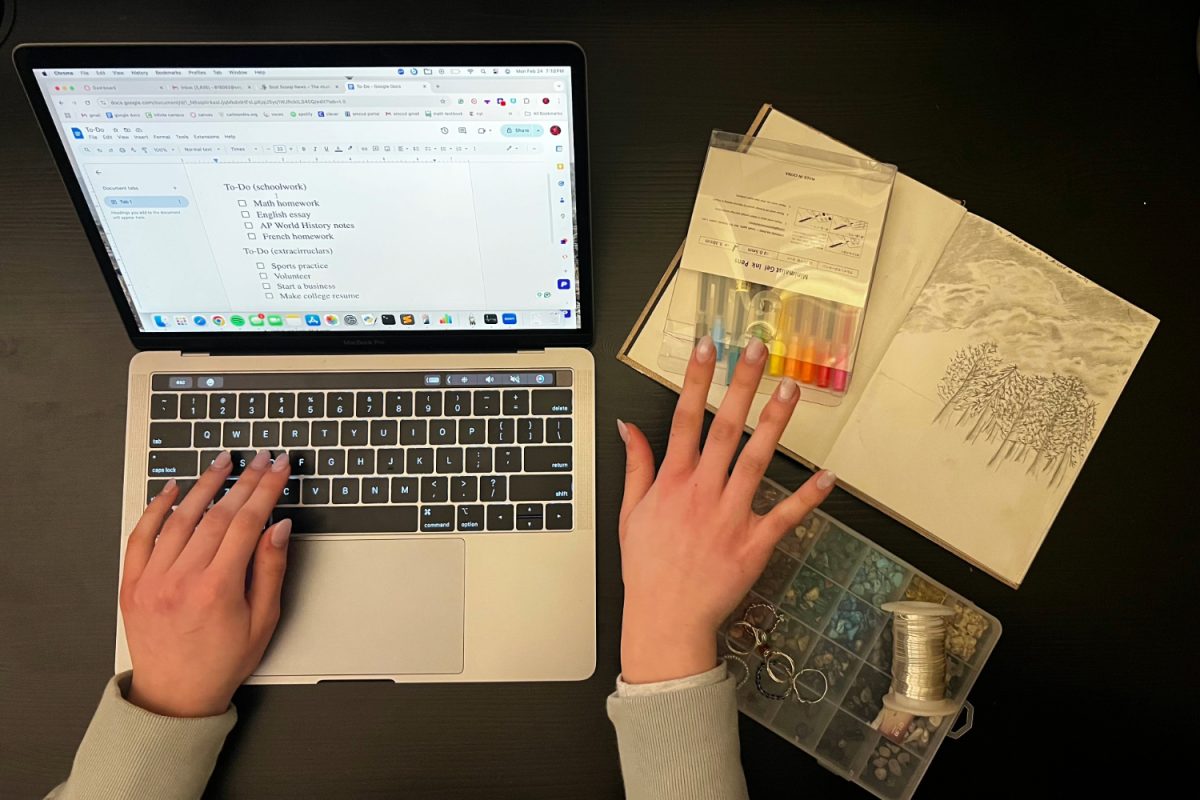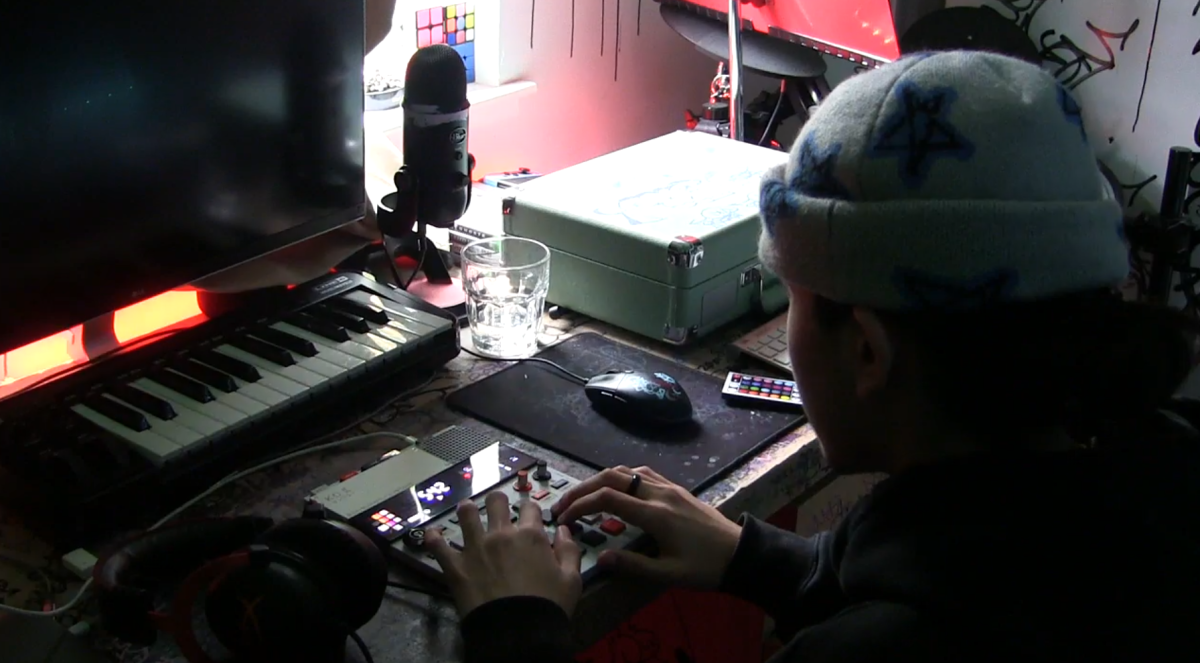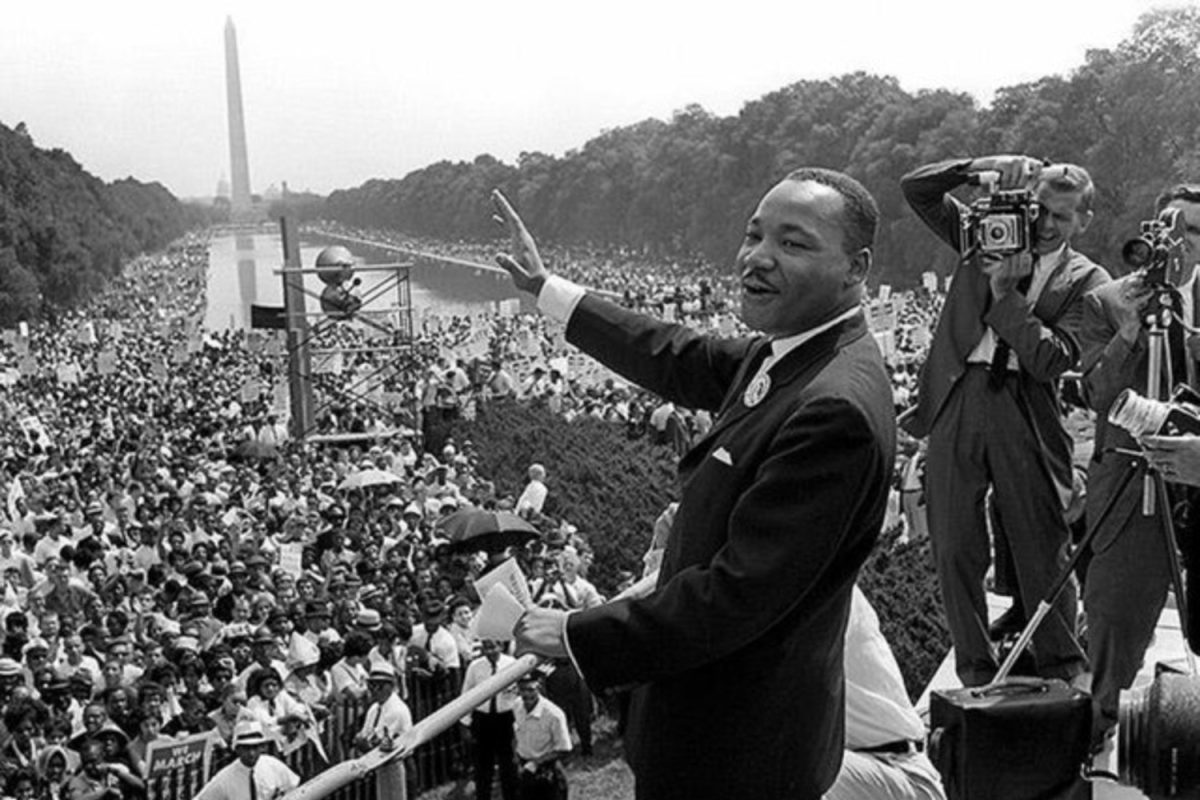At Carlmont, teachers and administrators face an ever-changing battle against cheating in classrooms.
With the introduction of tools like artificial intelligence, students are progressively becoming more creative with their cheating methods. In response, staff members have been discussing and implementing methods to preserve academic integrity.
However, some have questioned whether these measures are working and if they are targeting the correct problems.
“I think the best way to combat student temptations to cheat is to shift priority away from tests by incorporating other forms of assessments,” said Carlmont sophomore Cassie Gray Spight.
Why do students cheat?
“There are a lot of reasons that possibly contribute to cheating. Some main factors include student procrastination, peer or family pressure to do well, taking coursework that is too challenging or overwhelming, and working towards a nebulous goal,” said Administrative Vice Principal Gregg Patner.
According to the National Library of Medicine, procrastination and academic pressure are just a few reasons students tend to cheat.
“Sometimes students just don’t want to do the work, so they plan to cheat from the start,” said Jaziel Salomón, one of Carlmont’s AP Environmental Science and Physics teacher.
Other students cheat as a last resort, or it comes up unexpectedly as an opportunity. Additionally, peer pressure can often be the deciding factor for some students.
AP World History cheating incident
During the first semester within the AP World History classes at Carlmont, a large-scale cheating incident occurred, with many students from each class participating. AP World History teacher Patricia Braunstein’s classes were among those involved, with students from her class sharing and receiving answers for weekly quizzes and unit tests.
“The cheating began in another class with a different teacher, who released the answer key early to a test. Someone noted down the answers and published them online. It was then shared through text, email, and by mouth throughout almost all the AP World students,” said Graham Conrad*, a student who engaged in the cheating.
The mass loss of academic integrity came suddenly, and the reasons remain contested. Some believe it was due to a combination of factors; others think each student had a different incentive to participate.
“For me, it was a combination of the exams being extremely difficult, the lack of adequate preparation leading to the exam, and social and parental pressures,” Conrad said.
As students began to cheat, the word soon got out of what was happening. This event quickly became widespread, catching the attention of Carlmont’s administration, who began discussing efforts to address the issue.
The aftermath
“Braunstein interviewed all her students individually to hear if they had any information. Anyone involved was dealt with accordingly,” Gray Spight said.
In addition to policies and consequences instated by teachers, administrators also stepped in and took action.
“The administration made sure to address the topic with the classes implicated. Individual families and students were met with, and consequences commiserating with the level of involvement were imposed,” Patner said.
Nevertheless, many students had mixed reactions to the administration’s handling of the situation.
“I think administrators fail to understand why cheating occurs so often, and if they don’t make any changes to address this, it will continue to happen,” Gray Spight said.
The future of cheating
As technology improves, there is no telling of what the future of cheating could look like. Online tools such as ChatGPT will make it harder for teachers to fight academic dishonesty.
“Thinking through things, being wrong, and learning from the experience are the best ways to develop those connections between your neurons not only for whatever subject you’re in class for, but for those critical skills — problem-solving, perseverance, writing, and reading. This is called neuroplasticity, and relying over and over on AI or cheating can weaken that ability over time,” Salomón said.
However, students also seem to think about their decisions to cheat, wondering not only how it might impact their education, but also their moral compass.
“I would not do it again if the circumstances were different, even though I didn’t get caught. I do not think that what occurred was ethically OK at all, but it is understandable why this occurred with the circumstances it occurred in,” Conrad said.
Cheating is an ongoing issue within the educational system and will likely never be entirely prevented. Despite this, teachers and administrators continue to work to keep similar situations from occurring, fostering a safer and more welcoming learning environment.
“A few teachers I know have just assumed that cheating will happen in any homework or classwork they give, so they adjusted their syllabus,” Salomón said. “Now, exams make up 60% of the class grade because that’s when students are in class, and we can make sure they’re not just copying off ChatGPT. I keep technology away since it makes cheating much easier. But it’s not foolproof — nothing is.”
*This source’s name has been changed to protect their privacy in accordance with Carlmont Media’s Scot Scoop Anonymous Sourcing Policy.

